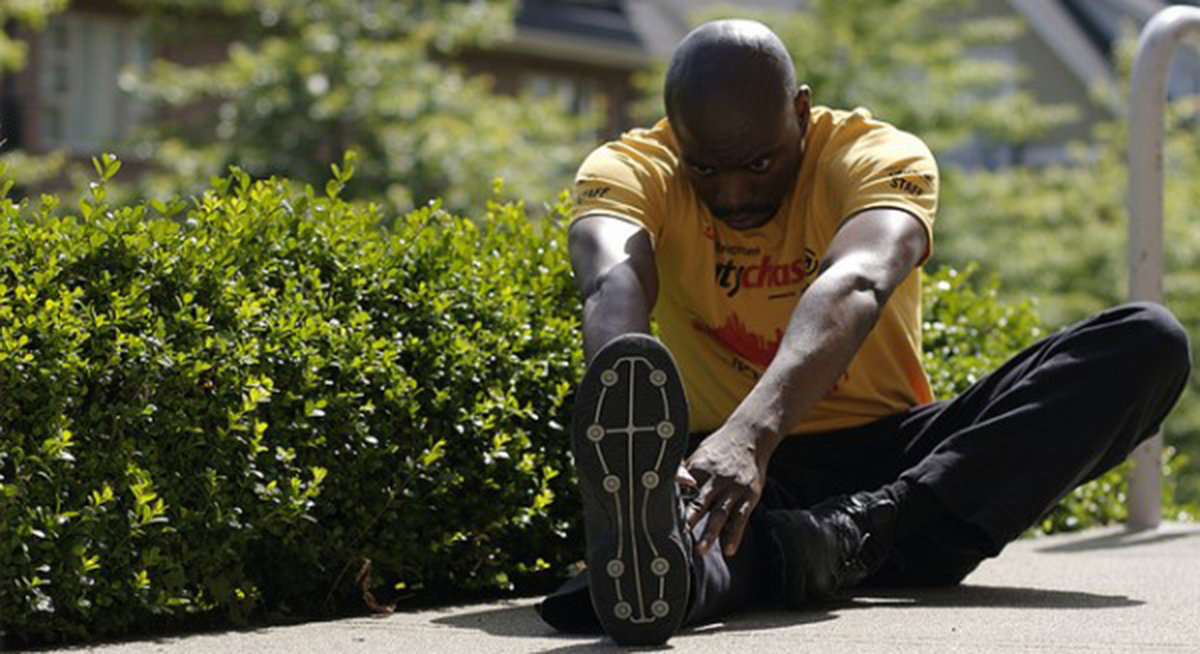Do you ever feel shaky, nervous, irritable, or suddenly tired while you are working out, especially when you lift weights? If you do, the problem may be hypoglycemia, brought on by a change in the way your body uses sugar.
Do you ever feel shaky, nervous, irritable, or suddenly tired while you are working out, especially when you lift weights? If you do, the problem may be hypoglycemia, brought on by a change in the way your body uses sugar. While this is a challenge, there's a quick fix that does actually help. Discover how to get over your slump here!
Diabetics Especially Need to Be Careful About Workout Foods
Most of the time our cells use glucose to make energy with the help of oxygen. A molecule of glucose provides the energy to make a molecule of an energy storage chemical known as ATP, and the cell then uses this ATP to provide its energy needs.
The chemistry is a little complicated, but the basic difference in how muscles make energy in low-energy conditions is they accumulate a substance called lactic acid as they soak up excess hydrogen ions that they normally would combine with oxygen to make water. This lactic acid does not actually cause the "burn" athletes feel when they work out, and it disappears from muscles before they start to feel sore. It quickly disappears from the muscles because the mitochondria (power house of the cell) of the muscles use it for fuel.
Lactic acid provides fuel for the muscles while they are deprived of oxygen, swelling the mitochondria to about twice their usual size. The mitochondria quickly burn this fuel — that takes about 35 times as much glucose for each molecule of ATP created. This means you can quickly deplete the small amount of glucose your body keeps in the bloodstream and feel shaky, nervous, or suddenly fatigued, especially if you also have diabetes.
Any time you work out so hard your muscles are not provided with oxygen, you burn lots of sugar very fast. You don't have to be a professional athlete lifting heavy weights to experience this phenomenon. Many out of shape or older people can absoilutely get a "burn" going by doing simple household chores (personally, this happens when I have to pick up the couch) or even walking, raking leaves, or pushing a shopping cart. The body can burn so much sugar so fast that low blood sugar levels and the symptoms of hypoglycemia quickly result.
So what is the best food for a workout?
You can buy tubes of liquid glucose at the pharmacy inexpensively. As soon as these tubes touch the lining of your mouth or your tongue, your bloodstream begins to absorb the sugar. Pharmacies also sell glucose tablets. Chew a tablet, and you may quickly feel better.
The advantage of using glucose over eating a snack is that you can consume just enough glucose to get over your mid-workout slump. One to three glucose tablets providing just 5 to 15 calories may be all the sugar you need. It is practically impossible to find a 5-calorie snack, so that's a win-win. And if you are only burning off, say, 100 calories during your whole workout, you don't want to bring your blood sugar levels back up to normal with a 200-calorie cookie.
For muscle recovery and rebuilding after a workout, you will also need water and protein. For a quick energy boost during a workout, stick with sugar. Use the kind of sugar your body really needs, glucose, and use it in tiny amounts that won't put on the weight you are working hard to lose.
- Gina Kolata, "Lactic Acid Is Not Muscle's Foe, It's Fuel," New York Times, 16 May 2006.
- Photo courtesy of tyfn on Flickr: www.flickr.com/photos/tyfn/

